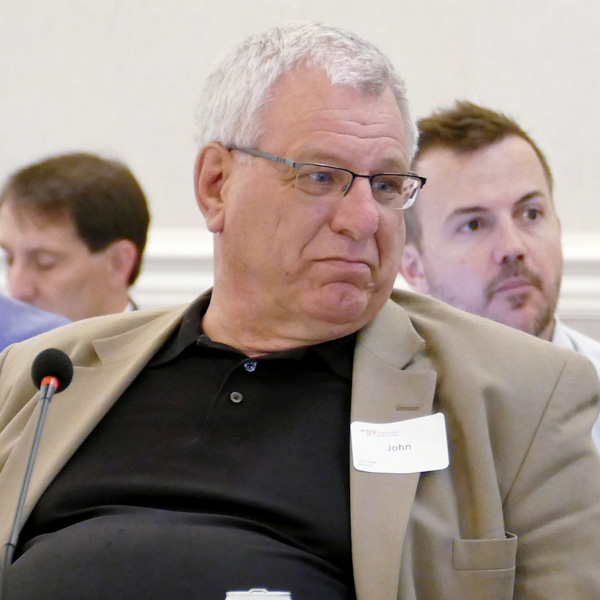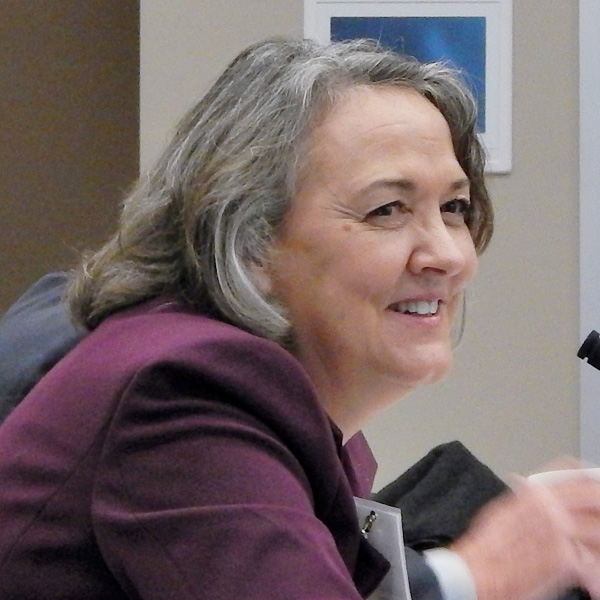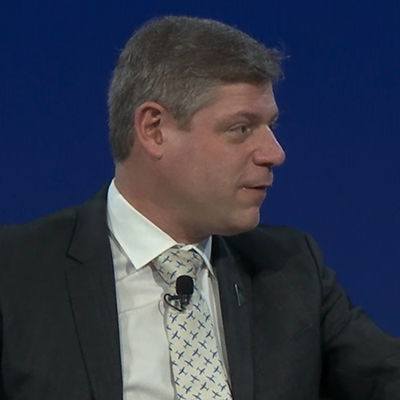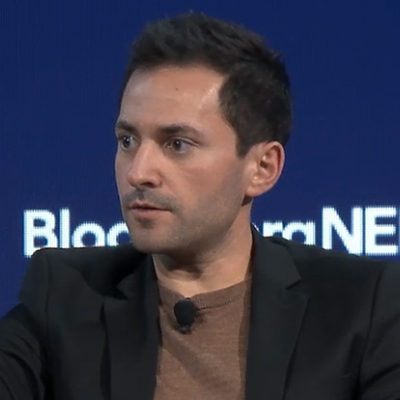The electric sector must fundamentally reconsider how it measures and manages grid reliability in response to a changing climate and evolving generation mix that increasingly includes variable resources.
That was a key takeaway from an online panel hosted by WECC on Thursday, the first of the regional entity’s monthly discussion series this year on resource adequacy.
While the message is not necessarily a new one, panelists offered some fresh perspectives.
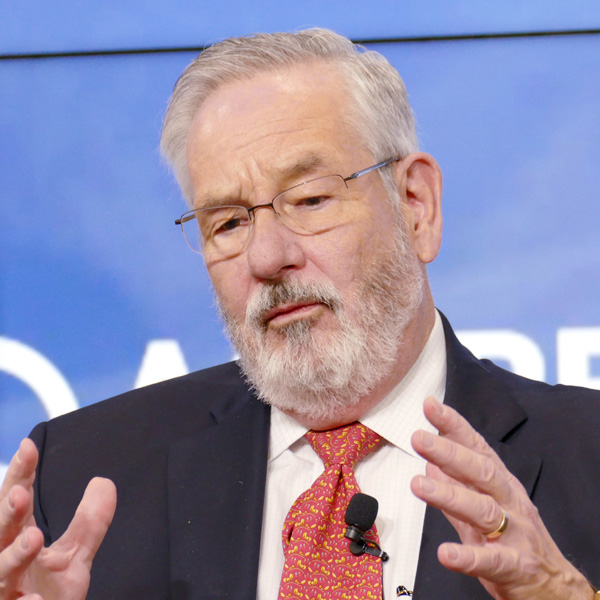 Mark Lauby, NERC | © RTO Insider LLC
Mark Lauby, NERC | © RTO Insider LLC“I think [what] we’re really coming down to is [that] capacity used to be king; I like to say the king has no clothes,” said Mark Lauby, NERC senior vice president and chief engineer.
Lauby was referring to the industry — and NERC — requirement that an electricity network be designed to meet the one-in-10 loss-of-load expectation (LOLE) standard, which calls for utilities to manage their systems in a way that demand doesn’t exceed available supply for more than one day in every 10 years. At the heart of LOLE is a focus on carrying enough generating capacity to meet the highest expected loads with a safe reserve margin.
But the makeup of the grid has changed since the advent of the LOLE standard, Lauby noted, and so have the conditions under which it operates. With climate change, weather is becoming more volatile, and weather events such as cold snaps are lasting longer, particularly in areas not accustomed to such events. That change has prompted NERC to alter its approach to producing its reliability assessments.
“Now we’re actually laying out different types of scenarios and working with regional entities in the assessment areas to say, ‘OK, what about a cold winter?’ And let’s kind of figure out what that looks like,” he said. “What is extreme cold weather for a particular assessment area? And then we work with them to determine what might be the forced outage rates for the plants, because when things get cold, things kind of break a little bit at a higher rate.”
Instead of focusing on capacity, Lauby said, the industry must shift its lens to measures of energy and essential reliability services, such as frequency and voltage support and ramping capability.
“We were cheating by using capacity because we had firm fuel, and we don’t have that anymore in many cases [and conditions] are less certain, and we’re actually becoming more and more less certain. So how do we firm that up? What does that look like?” he said.
“We have to develop a whole new set of metrics to understand exactly what are the risks we’re dealing with as we transform this grid. And we can do it; we just got to do it in a way in which we can ensure that we can not only deal with the short ramps and the short conditions, but also the long-term widespread conditions,” Lauby said.
Small Perturbations, Bigger Impacts
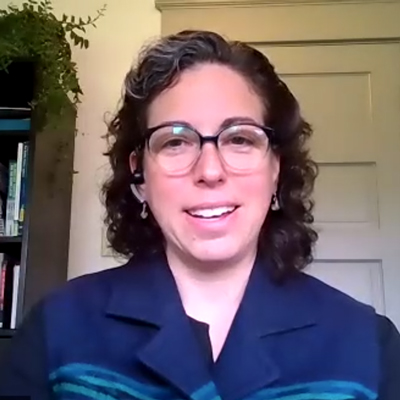 Oregon PUC Commissioner Letha Tawney | WCPSC
Oregon PUC Commissioner Letha Tawney | WCPSCOregon Public Utility Commissioner Letha Tawney expanded the critique on industry convention, questioning long-held beliefs on what constitutes a reliable resource mix in a warming climate.
“I’m not sure the traditional generation stack is performing particularly well in the face of the stress of climate change,” Tawney said. She pointed out that, during a heat wave last summer, a large coal plant in the Northwest tripped offline because of water scarcity and heat stress, pushing two Oregon utilities into emergency alerts.
Tawney also warned that the changing climate is putting stress on the Northwest hydroelectric system. She said current high natural gas prices in the West are at least partly attributable to relatively low hydro flows.
“I think the variability we may see in the hydro system could really stress us as we get sort of to that outer edge. We’re running sort of with less margin in general, and so small perturbations create bigger impacts then maybe they did when we were much longer on [hydro] resources,” she said.
George Lynch, legal counsel for the Idaho Governor’s Office of Energy and Mineral Resources, echoed Tawney’s concerns about the Northwest hydro system. Lynch said that while his state has seen “really rapid development” of renewable resources, his office has “also worked to support dispatchable resources such as nuclear and geothermal, especially as we see our hydropower declining over time, or at least becoming a little less reliable than has historically been.”
Lynch said Idaho has historically enjoyed cheap electricity because of its hydro system, which has attracted businesses that have taken advantage of the low prices.
“We’ve also had really low natural gas prices, but I think natural gas prices across the region have increased up to threefold this last winter … due to the lower hydro output, so that’s something that we’ve been watching,” he said.
More Humility Needed
Tawney turned her attention to the broader West, pointing to the challenges the Western Area Power Administration faces in preventing Arizona’s Lake Powell from reaching “dead pool” status amid a record-long drought. That would curtail output from the Glen Canyon Dam and hobble the Southwest’s black start capability and ability to maintain a stable grid. “That’s a long-term challenge,” she said.
Tawney said the power sector hasn’t really grappled with the fact that even Oregon is enduring its longest drought in 1,200 years. “I think we don’t think ahead to [whether] the coal plants, or any of the thermal plants, [will] have the temperature of water that they need during one of these heat events to cool. Will they be able to access their water rights, or will they be supplanted because it’s a particularly bad year?”
The Oregon commissioner defended California’s response to the energy emergencies accompanying last September’s scorching heat wave, when CAISO was forced to rely on last-minute conservation measures and a high volume of imports to avoid blackouts in the face of record demand. She called for more “humility” among neighboring states that also would’ve struggled to meet loads that fell so far outside planning margins. (See California Runs on Fumes but Avoids Blackouts.)
Tawney said that while there’s “a lot of finger-pointing at California” around its grid issues, the state was actually confronted with “one-in-10” events.
“They’ve hit their LOLE, and there’s still a lot of focus around keeping them moving forward on staying reliable,” she said.
“Now, is one-in-10 good enough? I think that’s a different question, and it sure doesn’t seem like it is. It sure doesn’t seem like one-in-10 is actually acceptable any longer, and so that adds a real challenge,” Tawney said.
“For all of us in the West, nobody is immune,” concluded panel moderator Kristine Raper, WECC vice president of external affairs. “I think this is the lesson that we should have learned over the last handful of years.”
